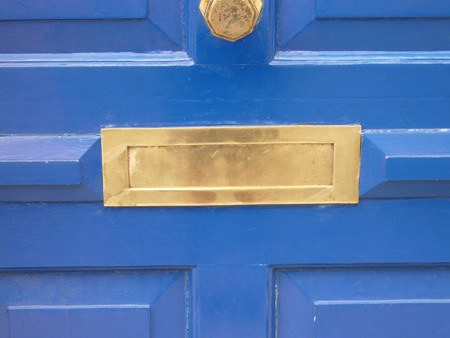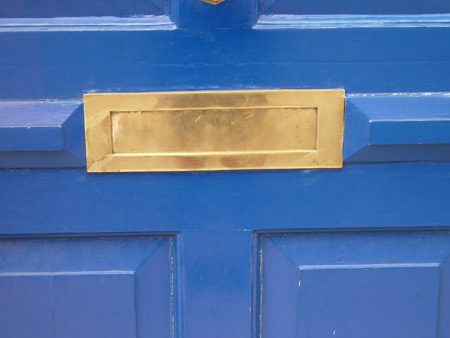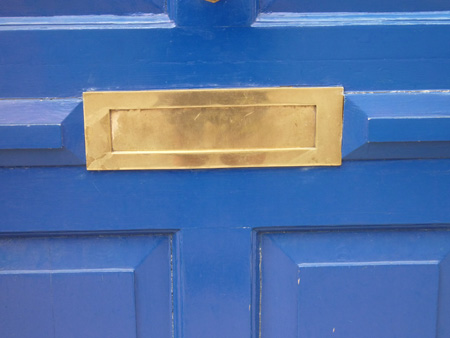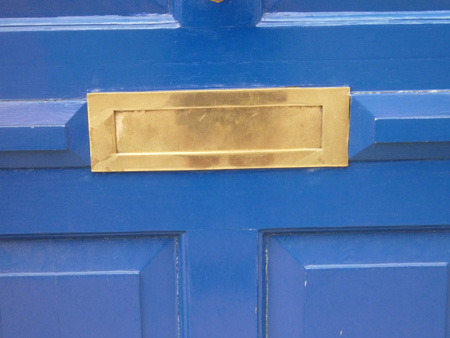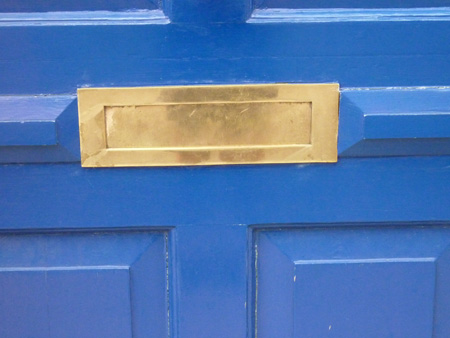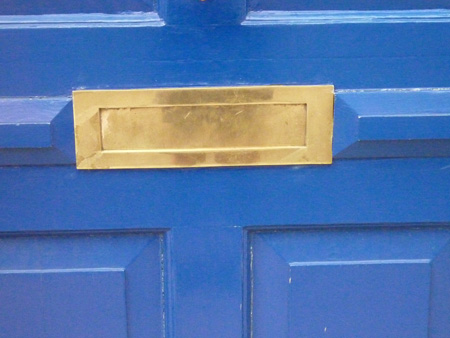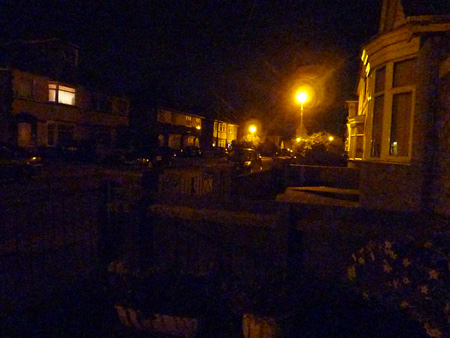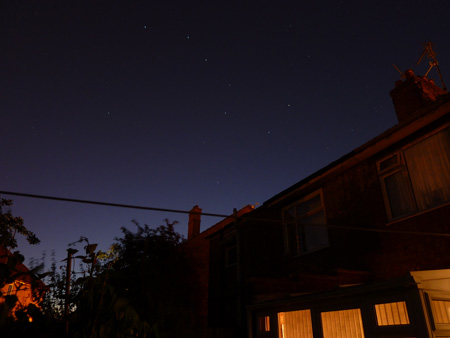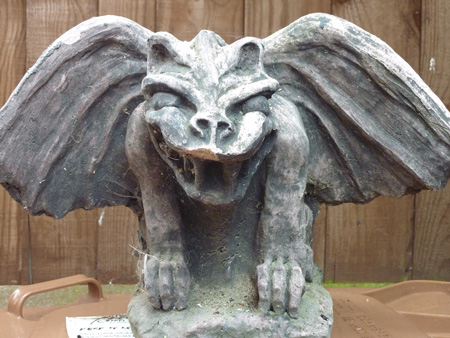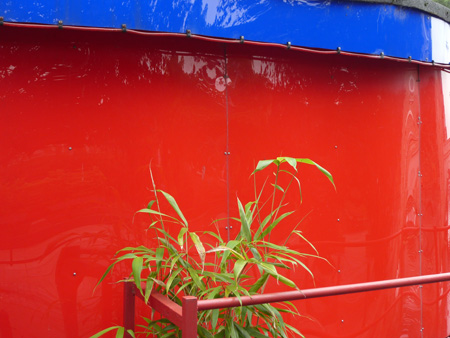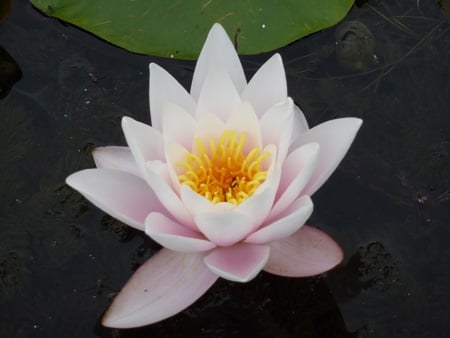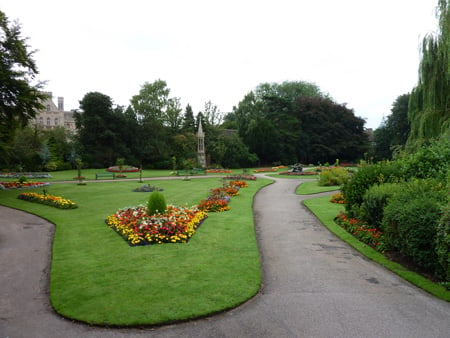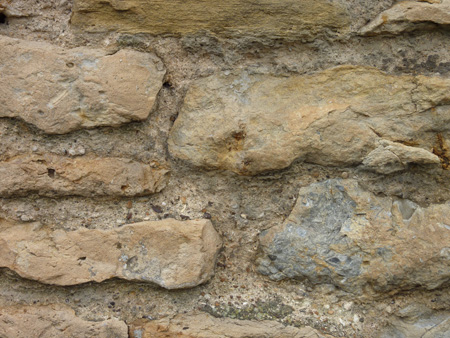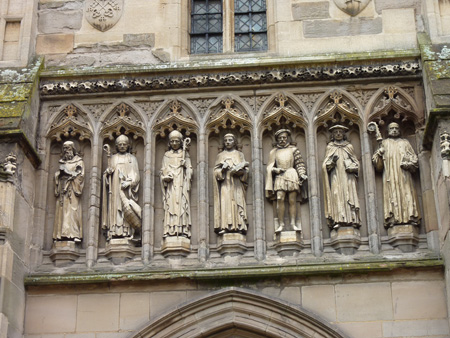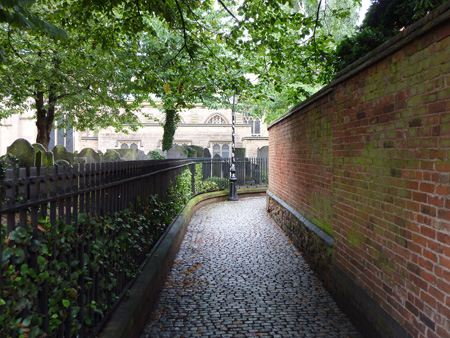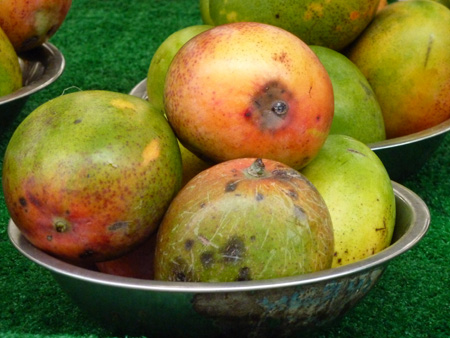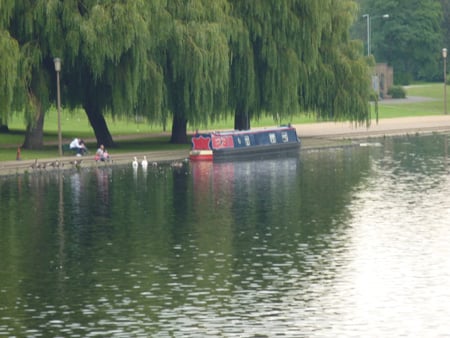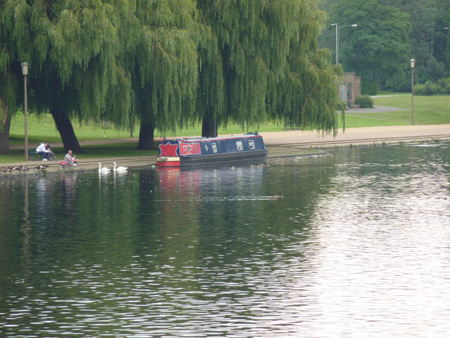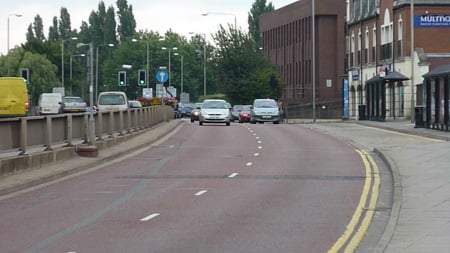Original URL: https://www.theregister.com/2009/08/21/review_camera_panasonic_lumix_dmc_tz7_compact_camera/
Panasonic Lumix DMC-TZ7
Compact super-zoom with HD video
Posted in Personal Tech, 21st August 2009 12:02 GMT
Review Panasonic’s DMC-TZ7 has been around for a while now, although the company maintains it in its current range. It's not surprising, because it’s one of the few compact super-zooms on the market that includes HD recording – its closest rival is Canon’s PowerShot SX200 IS.
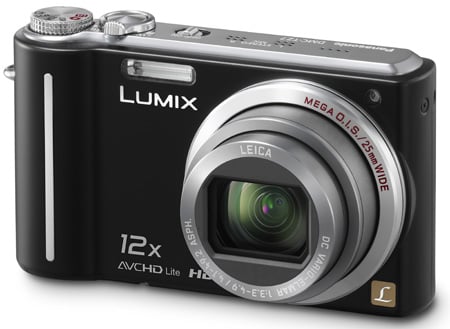
Panasonic’s Lumix DMC-TZ7
The DMC-TZ7 is what you might call a travel-cam or a holiday-cam. It’s a digital compact with an extended zoom, in this case, a 12x optical zoom in the shape of a 4.1-49.2mm f/3.3-4.9 Leica DC Vario-Elmar lens, offering the equivalent range of 25-300mm on a 35mm camera. The PowerShot SX200 IS has a longer telephoto offering – equivalent to 28-336mm- but we think the DMC-TZ7’s wide angle lens will prove more useful for most photographers.
It also has a 1/2.33-inch CCD comprised of 12.7 megapixels, but only offers 10.1 effective megapixels. The reason is that the DMC-TZ7 offers three aspect ratios – 4:3, 3:2 and 16:9, and it uses the additional pixels to leave the angle of view unchanged, whatever aspect ratio you are shooting in. There’s even a multi-aspect mode that lets you shoot the same image in three different aspect ratios with just a single press of the shutter.
The DMC-TZ7’s HD recording has a choice of recording formats. There’s AVCHD Lite, a format developed by Panasonic and Sony, and Motion JPEG, but why the choice? Well, leaving aside Panasonic’s desire to promote its own HD format, it leaves you with the choice of capacity over convenience. AVCHD Lite is a more efficient codec than MJPEG: a 20 second 720p recording requires a file size of around 75MB for MJPEG compared with 43MB for AVCHD Lite.
The snag is that, not many media players or video editing packages are compatible with AVCHD Lite’s .MTS file format, whereas MJPEG is widely supported. The DMC-TZ7 comes bundled with PhotofunStudio software that will playback AVCHD clips and even includes some basic editing tools. In terms of HD performance, both MJPEG and AVCHD Lite offer 720p resolution at 30fps, although Motion JPEG also includes options for WVGA, VGA and QVGA resolutions.
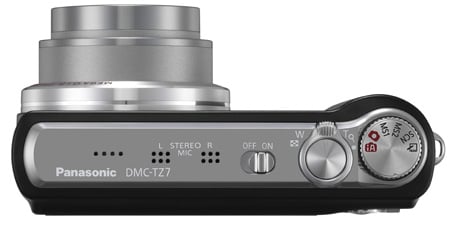
Stereo mics are a nice touch, but the soundfield separation isn't great
AVCHD is fixed at 720p, although you can toggle between 9, 13 and 17Mbps bit rate settings. MJPEG clips are limited to a 2GB maximum file size, while AVCHD is unlimited. In practice though, you are limited to 15 minutes maximum recording time, to ensure that the DMC-TZ7 doesn’t fall foul of EU camcorder tariffs.
The DMC-TZ7 is well made, with a metal body that feels both classy and solid. On the top you’ll notice a stereo microphone, and Panasonic has included Dolby Digital Stereo Creator – a space saving codec – and a wind cut filter. At the side is a flap covering a mini USB port for AV and PC connections, plus a mini HDMI port. As per usual, Panasonic does not include an HDMI cable.
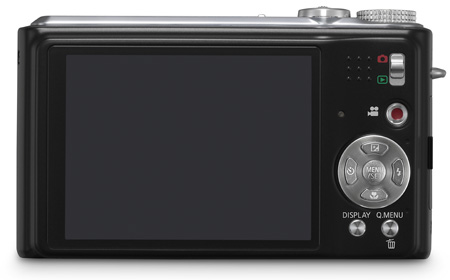
Big screen, solid, metal body, but still quite compact
At the back is a 3in LCD screen composed of 460,000 dots – the PowerShot SX200 IS’s 3in screen only has 230,000 dots. Underneath is a flap hiding the lithium-ion battery and SD/SDHC/MultiMediaCard slots. Although it’s not the smallest compact around, the DMC-TZ7 is still fairly dinky, especially when you consider what’s packed inside it. Measuring 103.3 x 59.6 x 32.8 mm and weighing around 230g with battery and SD card, it’s certainly compact enough to put in a large pocket or a small bag.
A quick rundown of other features includes Panasonic’s Venus Engine HD imaging chip with twin processors. The image resolution range is from 3648 x 2736 to VGA, a shutter speed range of 8-1/2000sec with Starry Sky mode offering long exposures at 15, 30 and 60 sec. Featuring a high sensitivity setting of 1600-6400, the normal ISO range operates between 80-1600.
The DMC-TZ7 can deliver continuous shooting at 2.3f/s at maximum resolution, up to five frames maximum, plus high speed burst modes at 6f/s and 10f/s. There are 27 scene modes for still images including portrait, panorama and baby, plus 15 scene modes for movies, including portrait, underwater and film grain. Useful for zoom shots is the Mega OIS image stabilisation system that can work continuously or just at the moment of capture.
Last, but certainly not least, is the DMC-TZ7’s Face Detection system. It also includes face recognition technology and you can register up to six faces with the camera, and they will always have priority in a shot. You can even assign birthdays to the faces, and if any of your subjects are under three, the DMC-TZ7 automatically reverts to baby mode when taking their shot – recording details of the child’s current age in the metadata. It’s a smart system, but a shame that Panasonic hasn’t followed Canon’s lead by linking the face detection system to the self-timer.
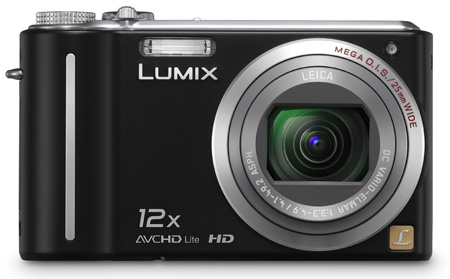
Intelligent Auto mode has limited customisation
In terms of handling, there’s a lot to like – and a few things to dislike. Power on is from a sliding switch and the DMC-TZ7 takes around two seconds to get ready for action. A large mode dial offers Panasonic’s Intelligent Auto – a sort of auto mode on steroids. In this mode, the DMC-TZ7 takes care of everything including focus, exposure, white balance, ISO, Face Detection/Recognition, image stabilisation system and decides what scene you’re shooting. Only a few parameters, such as picture size and burst mode, can be operated by the user.
Sample Shots
Sample Shots
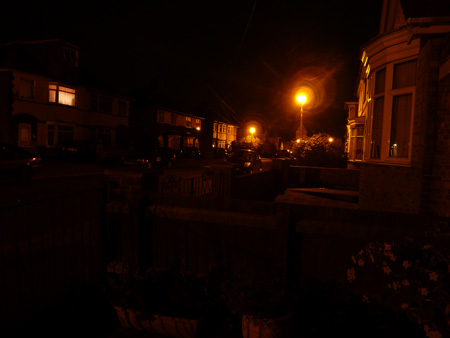
Night scene mode has maximum exposure of 6 seconds
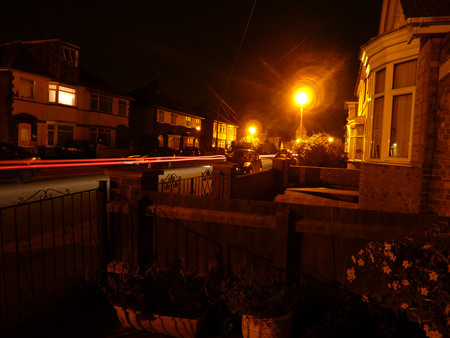
Starry Night mode offers longer exposures: 15 seconds at ISO 80
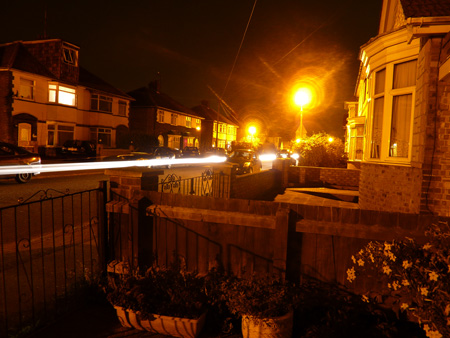
Starry Night mode: 30 second exposure at ISO 80
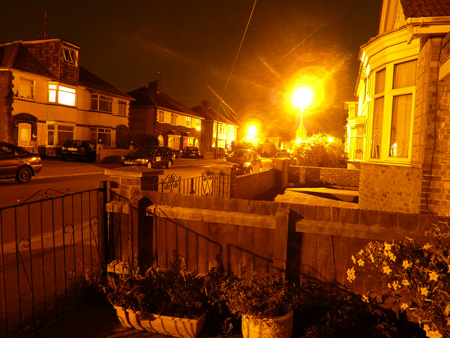
Starry Night mode: 60 second exposure at ISO 80
Sample Shots
Sample Shots
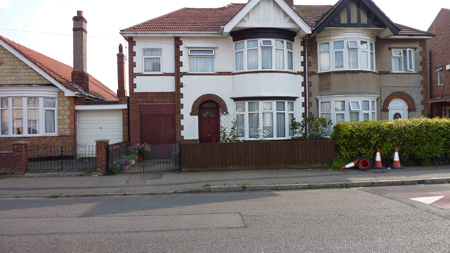
Three aspect ratios are available - this is 16:9
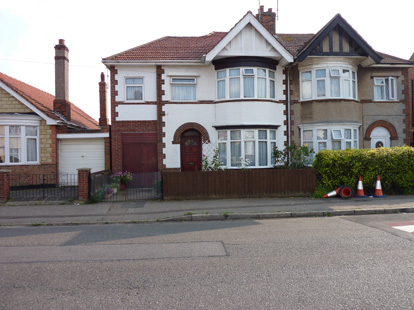
Aspect ratio 4:3
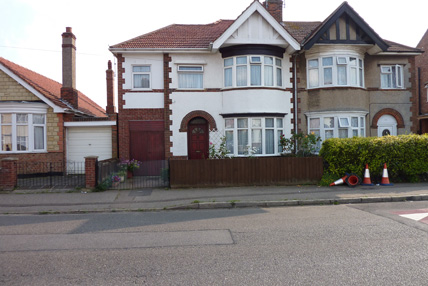
Aspect ratio 3:2 – all three aspects can be captured in a single shot
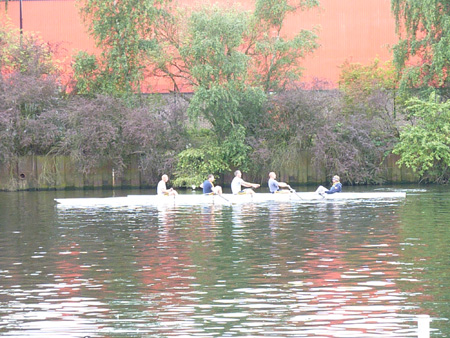
Continuous shooting available at 6f/s or 10f/s but only 3Mp images are taken
Click for a scaled QuickTime image sequence
Normal mode offers much more scope for user control, such as adjusting white balance, ISO and metering mode. There’s no way of manually adjusting aperture or shutter speed, although you can specify a minimum shutter speed, ranging from one second to 1/125sec. Other shooting modes include Scene, My Scene 1 and My Scene 2 - these let you assign two favourite scenes, plus clipboard for recording maps and documents.
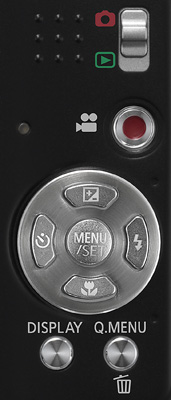
Uncomplicated controls will allow novices to get shooting swiftly
But what about the movie mode, we hear you ask? Well, Panasonic has given the DMC-TZ7 a dedicated movie record button, located to the far right of the LCD screen. The neat thing about this is that you can instantly go into movie recording, whatever shooting mode you’re in. It’s also less confusing than some shutter activated movie recording systems we’ve used. Not so neat is the mode dial, which, on our sample, was loose and easily shifted out of position. If the DMC-TZ7 is in a bag or a pocket, it’s almost certain that the mode dial will have moved.
The DMC-TZ7 has a tabbed main menu system, which uses a mixture of text and graphics. Select AF mode, for example, and you are presented with six obscure icons, but no text description on what each one does. Fortunately, the camera features a very good Quick Menu system. Just press the Q Menu button and you can scroll across a horizontal menu in which each parameter offers you a vertical list of icons to select.
As you scroll across each icon, a text description appears at the bottom of the screen. What’s also nice is that the menu recalls your last setting. With adjustments, such as changing ISO speed from 100 to 400 for a single shot, can easily be reverted to your original setting. What’s more, the last setting is stored when you switch off the camera. Although we wish Panasonic had included an optical viewfinder for taking shots at the extreme end of the telephoto, the LCD screen is one of the best we’ve seen, large, bright, clear and sharp.
So what about performance? In a word: impressive. Colour, contrast, exposure and resolution are very good indeed. Noise levels below ISO 400 are low. The lens is also high quality, offering little distortion at both ends of the zoom.
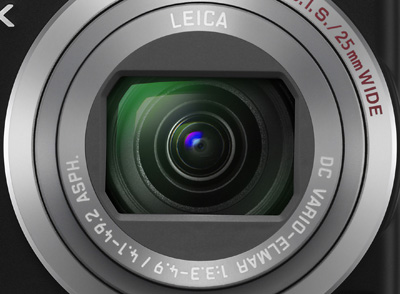
That extra bit of wide angle view can make all the difference for the architectural tourist
The 25mm wide angle lens was great for pulling in a little extra side information. Face Recognition worked a treat, and the image stabilisation system did a superb job in keeping shots steady and the AF system was fast and responsive. AF tracking lets you lock onto a subject without having to partly depress the shutter, and works well.
The high speed burst mode captured fast moving objects with ease and can record up to around 100 frames. The only penalty is a smaller file size and thus, a lower resolution. We weren’t so impressed with panorama mode, which doesn’t offer in-camera stitching, but photo stitching software is supplied, and it was hard to align the frames accurately.
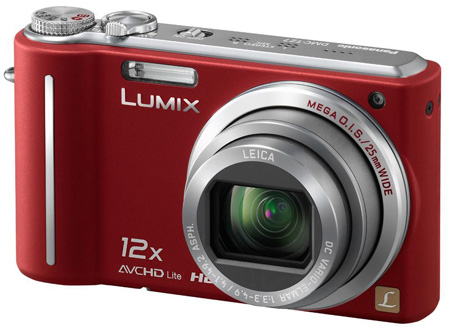
A Windows app is included for AVCHD video and Apple's latest iMovie can import this format from the camera
Both movie formats produced good picture quality in HD mode, and although there wasn’t much to choose between MJPEG and AVCHD, we felt the latter had the edge in terms of clarity. The only complaint about movie recording was that zooming was slow, and the continuous AF system was sluggish, taking its time to lock onto a moving object. However, despite us taking dozens of shots and a fair bit of video footage, the battery held up well.
Verdict
Even if you’re not interested in taking movies, the rest of the DMC-TZ7’s features – coupled with its performance – make this camera well worth the money. If we had to choose between this and the PowerShot SX200 IS, it would be no contest – the Panasonic gets our vote, and not only because it’s roughly £60 cheaper. If you are looking for a compact camera to take along your travels or simply want one that is a cut above your average compact, then the DMC-TZ7 should be near the top of your list. ®
More Compact Camera Reviews...

Nikon Coolpix S630 |

Canon Digital Ixus 95 IS |

Samsung WB500 |

Panasonic Lumix DMC-FS7 |
